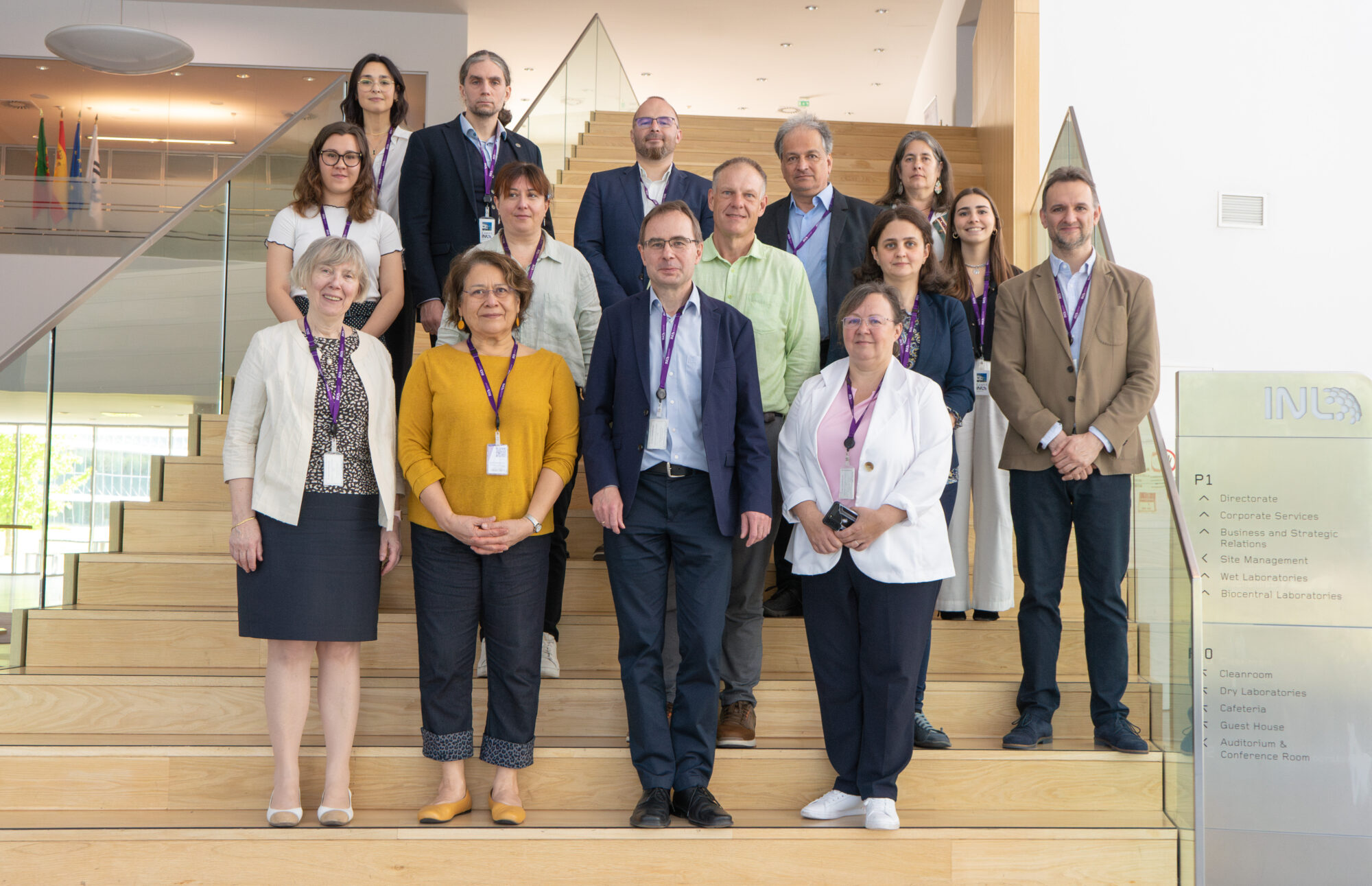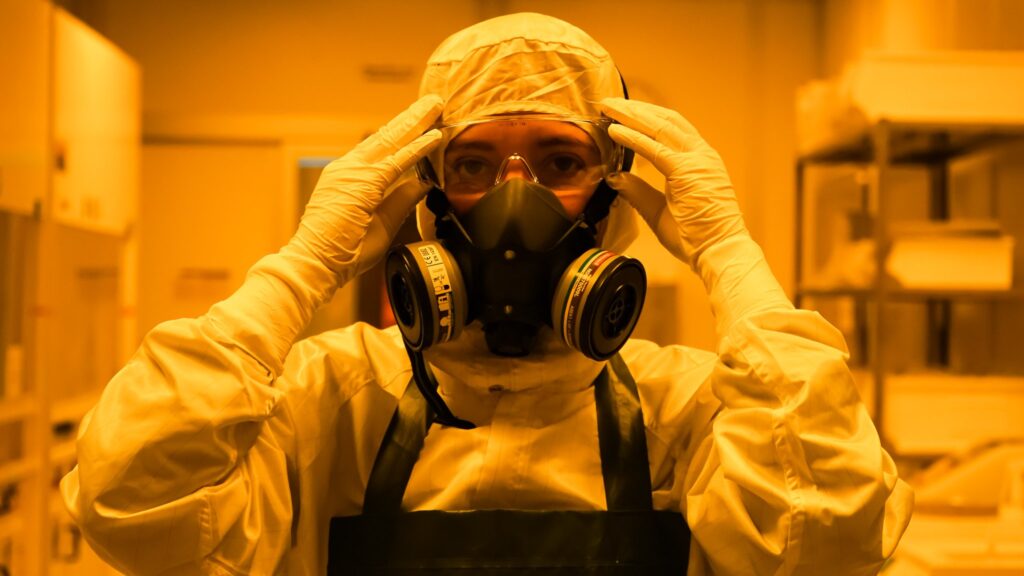Celebrating a giant of modern technology on his 117th birthday This Friday, 23 May, marks the 117th anniversary of the birth of John Bardeen. The vast majority of people, despite being surrounded by billions of transistors every day, have no idea what a transistor is, who invented it, or how its discovery radically changed the course of history. The anonymity of John Bardeen in the public eye borders on surreal. After all, he is the only person in history to have received the Nobel Prize in Physics twice. His first Nobel, awarded in 1956, was shared with his colleague Walter Brattain and their supervisor William Shockley, for the invention of the transistor. His second came in 1972, alongside his former student Robert Schrieffer and postdoctoral researcher Leon Cooper, for developing the BCS theory of superconductivity — one of the most influential achievements in quantum physics in the second half of the 20th century. Transistors are the building blocks of electronic devices. Therefore, they are present, in astonishingly large numbers, in every electronic gadget: computers, mobile phones, TV screens, cars, domestic appliances. A transistor is essentially an electric tap. Just as a tap controls the flow of water through a pipe, […]
Read more


